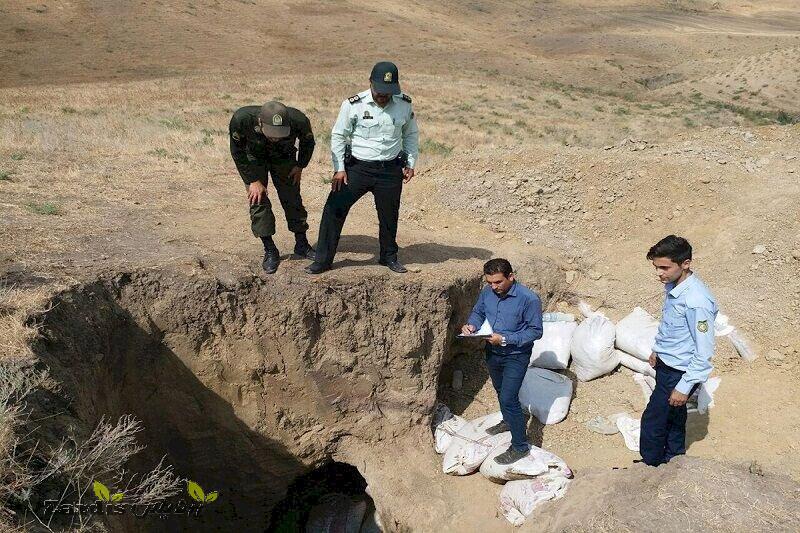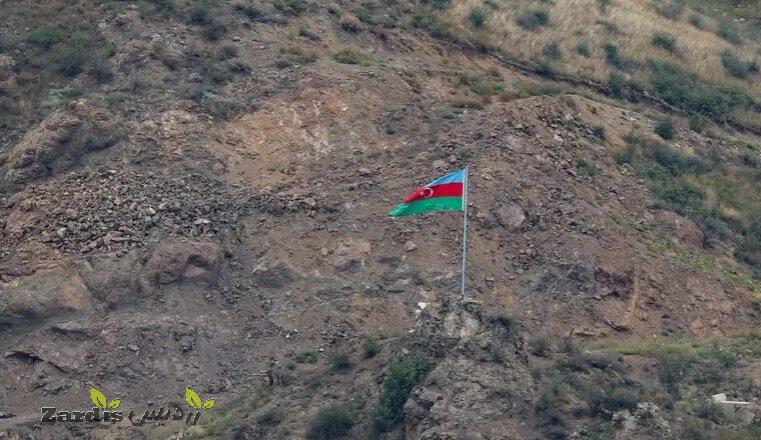TEHRAN – Iranian police have recently busted a gang of illegal diggers in Alamut, a semi-mountainous historical region in Qazvin province, west-central Iran, CHTN reported on Monday.
Five illegal excavators, who were digging near the historical Alamut Castle, were detained in this regard, said Hassan Mehri, a senior police official in charge of protecting cultural heritage.
Some excavation tools and equipment were seized from the gang, the official added.
The culprits were handed over to the judicial system for further investigation, he noted.
Better known for being home to a well-fortified ruined castle and its lush cherry gardens, Alamut annually attracts hundreds of thousands of holidaymakers to the castle that once sheltered the followers of Hasan-e Sabbah (1070–1124), a leader of the Ismaili sect, known as ‘Assassins’. In the early 1930s, British-Italian explorer and travel writer Freya Stark described her exploration of the place in her book “The Valleys of the Assassins”.
In popular myth, Sabbah led a bizarre, much-feared mercenary organization whose members were dispatched to murder or kidnap leading political and religious figures of the day.
Alamut, which means “eagle’s nest”, is a geographic region in the western edge of the Alborz range, between the dry and barren plain of Qazvin in the south and the densely forested slopes of the Mazandaran province in the north.
Nowadays, the ruined castle, which is also known as Alamut Castle, is a top travel destination in the northeastern side of Gazor Khan Village in the environs of Mo’alem Kalayeh, from the environs of Roudbar of Alamut, Qazvin province.
Qazvin was once the capital of the mighty Persian Empire, under Safavids, from 1548 to 98. It is a major tourist destination with a wonderfully restored caravanserai-turned-arts precinct, some quirky museums, and a handful of decent eating options.
Qazvin is also home to one of the biggest roofed caravanserais of the country, Sa’d-al Saltaneh caravanserai. Dating back to the Qajar era, it’s a place for discovering tens of Hojreh or shops, cafes, yards, and a stunning mosque. It’s a place for visitors who want to experience the culture, culinary, and hospitality of Iran.
ABU/MG
Zardis news | The latest news of Iran and the world
All rights reserved for "Zardis news"It is protected and any copying without mentioning the source is prohibited.
Pursuant to Article 12 of Chapter 3 of the Cybercrime Law, copying the format and content will be prosecuted.







